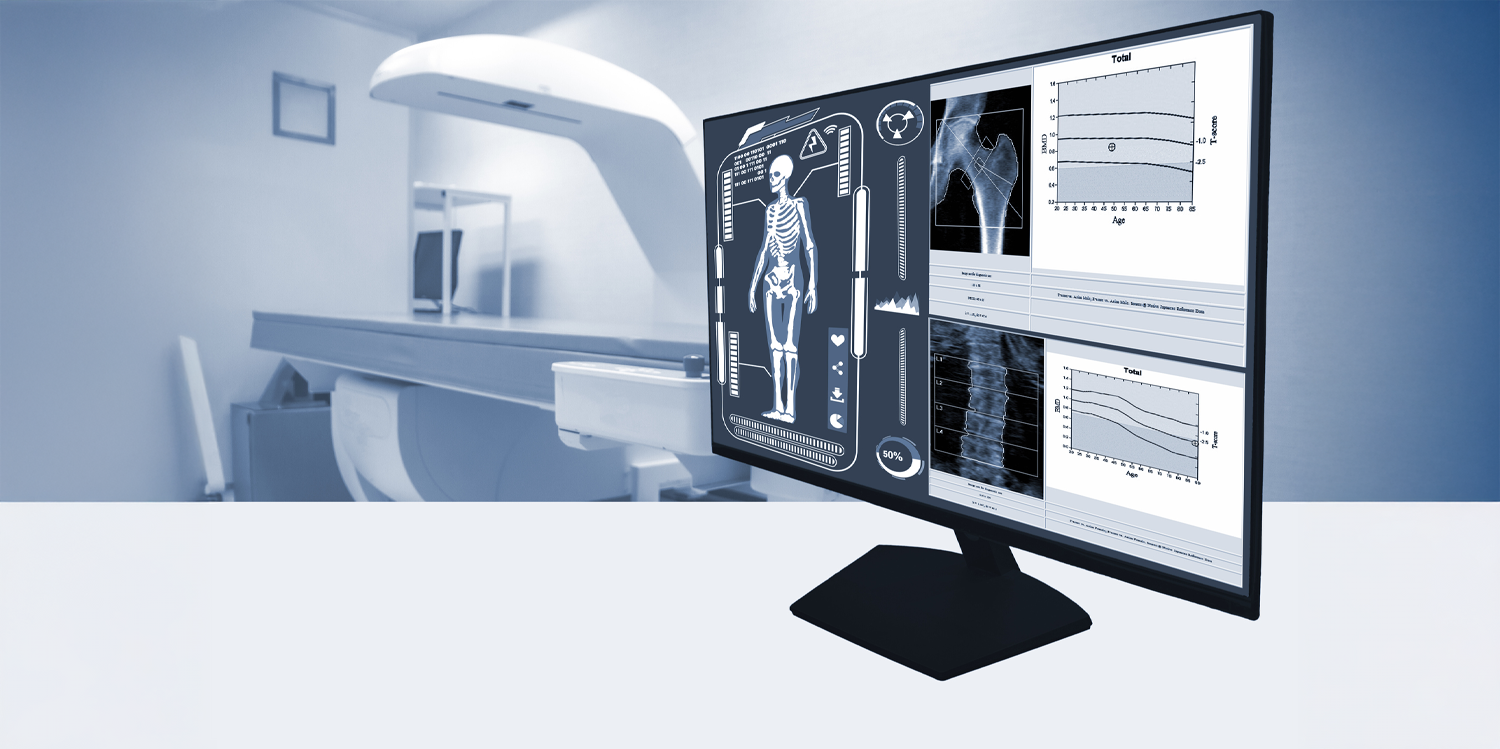 An automated machine learning program has identified potential cardiovascular incidents, or fall and fracture risks, based on bone density scans.
An automated machine learning program has identified potential cardiovascular incidents, or fall and fracture risks, based on bone density scans.
The program was developed by researchers from Edith Cowan University (ECU) in conjunction with the University of Manitoba
When applying the algorithm to vertebral fracture assessment (VFA) images taken in older women during routine bone density testing, often as part of treatment plans for osteoporosis, researchers assessed the patient’s presence, and extent of abdominal aortic calcification (AAC).
The AI algorithm shortens the time to screen for AAC significantly, taking less than a minute to predict AAC scores for thousands of images, compared with the five to six minutes it would take for an experienced reader to obtain a score from one image, researchers said.
RELATED: Artificial intelligence – making healthcare smarter
ECU research fellow Dr Cassandra Smith found 58% of older people screened during routine bone density testing presented with moderate to high levels of AAC, with one in four previously unaware they had high AAC.
High levels of ACC places them at the highest risk of heart attack and stroke.
“Women are recognised as being under screened and under-treated for cardiovascular disease,” she said.
“This study shows that we can use widely available, low radiation bone density machines to identify women at high risk of cardiovascular disease, which would allow them to seek treatment.
“People who have AAC don’t present any symptoms, and without doing specific screening for AAC, this prognosis would often go unnoticed.
“By applying this algorithm during bone density scans, women have a much better chance of a diagnosis.”
RELATED: Heart disease in women – different symptoms, different syndromes
Using the same AI algorithm, ECU senior research fellow Dr Marc Sim found those patients with moderate to high AAC scores also had a greater chance of fall-associated hospitalisation and fractures, compared with those with low AAC scores.
“The higher the calcification in your arteries, the higher the risk of falls and fracture,” Dr Sim said.
“When we look at traditional falls and fracture risk factors, things like ‘have you fallen in the past year’ and bone mineral density are generally very good indicators of how likely someone is to fall and fracture.
“Some medications are also associated with higher falls risks. Rarely do we consider vascular health when considering falls and fractures.
“Our analysis uncovered that AAC was a very strong contributor to falls risks and was actually more significant than other factors that are clinically identified as falls risk factors.”
RELATED: New AI scribe could save GPs five minutes per consult
Dr Sim said that the new algorithm, when applied to bone density scans, could give clinicians more information around the vascular health of patients, which is an under-recognised risk factor for falls and fractures.
Want more news, clinicals, features and guest columns delivered straight to you? Subscribe for free to WA’s only independent magazine for medical practitioners.
Want to submit an article? Email editor@mforum.com.au

